This is a subject that is still very (too) little highlighted in the hair cosmetics sector: the pH of your shampoo can make all the difference. We explain why.
College revisions, what is pH?
The pH , or hydrogen potential, is a parameter that allows us to define whether a medium is acidic or basic . In our case, the medium = the shampoo.
It is measured on a scale of 1 to 14 which is very easy to interpret, since all values below 7 are "acidic", those equal to 7 are called "neutral" and those above 7 are "basic".

But how does the pH of my shampoo affect my hair?
Better understand the pH of the hair to choose a shampoo with the right pH
We're not going to dwell on it here because that's not the point and we'll write a dedicated article, but here's everything you need to know to understand in a simple way how the structure of the hair has a direct link with the pH of your shampoo . A hair is made up of two parts: the follicle and the shaft .
The hair follicle is the part buried in the scalp. It is known that the pH of the scalp is the same as that of the skin and fluctuates around 5.5 .
The hair shaft, composed of approximately 95% keratin , is made of 3 layers , nested within each other:

The cuticle's function is to protect the internal structure of the hair: its cortex.
For the cuticle, which makes up the outer part of the hair shaft, to be healthy, its scales must be smooth , regular and joined in order to limit friction between the hairs (tangling) and give a silky appearance.
The pH of hair products can, if adjusted correctly, help maintain healthy hair fibers. Conversely, an unsuitable pH will damage the cuticle, which will no longer be able to perform its protective function and will damage your hair.
Hair (and skin for that matter) is covered with a thin film of sebum , lipids, and water called the "hydrolipidic film." This term may be familiar to you. It's also called the "acid mantle" and its function is to protect against bacteria and irritation.
Keratin , which makes up hair , is a protein that has the particularity of becoming positively or negatively charged depending on the environment. It reaches a neutral electrical charge when its pH reaches 3.67 (this is the isoelectric point).
To summarize simply: if the pH of the scalp is equal to 5.5 , that of the hair shaft is much more acidic: 3.67 .
When this pH is reached, the hair structure is tightly tightened and the scales are closed, smooth and joined. The hair is supple , soft and shiny , which facilitates the normal spreading of sebum.
Here are some factors that can raise the pH of the hair and therefore damage it: straightening, heat, mechanical treatments, use of alkaline solutions (coloring, perms).
The increase in the pH of the hair makes it swell, becomes porous and weakens it: the cuticle scales straighten and the hair becomes tangled, dull and rough and will break more easily.
Let's get to the point!
If you survived the scientific explanations, you will have understood that the physiological pH of the hair shaft is acidic and is around 3.67.
Be aware that every cosmetic product has a pH , and that this pH will affect the cuticles of your hair, and therefore their health and beauty, for better (or worse).
This is why the pH of your shampoos and hair care products is vital.
According to the study we consulted, which itself is based on scientific literature, it was determined that a shampoo with a pH higher than 5.5 will cause an increase in hair friction and can damage the hair, tangle it, create frizz and cause scalp irritation.
Furthermore, shampoos with a pH above 8.5 (therefore very basic ) can cause scalp problems (eczema, pedicles, psoriasis, itching, etc.).
Therefore, the ideal pH of your shampoo should be between 5.5 and as close as possible to 3.67 in order to neutralize electrical charges.
You can correct the pH of a shampoo that doesn't meet these conditions by applying a more acidic conditioner. Hence the fact that it is very common to use vinegar spray without rinsing after shampooing , to increase the acidity!
For your information, the pH of children's shampoos is often closer to 7 for their "do not sting the eyes" attribute, because this neutral pH is close to that of tears.
How do I know the pH of my shampoo or hair care product?
Much like the study on which this article is based, we deplore the lack of transparency and information from brands regarding the pH of their products.
When developing our shampoo , at LAO we decided to indicate the pH directly on the bottle to make it easier for our customers to understand.
However, by looking at the INCI list of your shampoo or hair care product, you can identify molecules used as pH adjusters that may indicate that the physiological pH of the hair has been taken into account in the formulation. Here are a few:
• acids
acetic, adipic, ascorbic, boric, citric, fumaric, glycolic, lactic, malic, uric…
• hydroxides
ammonium, calcium, magnesium, potassium, sodium…
• phosphates
ammonium, calcium, potassium, sodium…
• alkalonamines
Dimethyl MEA, Ethanolamine, Triethanolamine, Tromethamine…
Be careful, they are not all natural or harmless! But that's another debate.
Another way to determine the pH of your shampoos and hair care products is to use specially designed strips . These are available at pharmacies.
The case of solid shampoo
In the family of solid shampoos , we distinguish two categories: those composed of surfactants, and those composed of soap . In the compositions of soaps we can read "Sodium olivate", "sodium cocoate", "sodium castorate"... the word " sodium" indicates the saponification of the different oils, here olive, coconut and castor. The latter are by definition basic , their pH is above 7 and far too high for the hair shaft ! This is why many people who have tried to wash their hair with soap have seen their hair damaged and difficult to detangle.
According to the scientific study (in the sources at the bottom of the article), it is explained that soap is an anionic detergent that, upon contact with water, leaves an alkaline residue that is very bad for the hair in the form of calcium salt, which accumulates in the hair, leaving it opaque and tangled.
While using soap on the skin is not problematic because the skin quickly rebuilds its hydrolipidic film, this is not the case for your hair shaft!
Conclusion
In conclusion, understanding the very nature of hair helps us to clarify our choices of suitable hair cosmetics.
We therefore advise you to use shampoos and hair care products with a pH lower than 5.5 and to avoid washing your hair with soaps whose pH is too basic.
So, did this article teach you anything?
Sources
- pH . CNRS Available online: https://www.cnrs.fr/cnrs-images/chimieaulycee/THEMES/acidite/ph.htm
-
Bushra T.AlQuadeiba, Eram KDEltahira, Rana A.BanafabLama A.Al-Hadhairib. Pharmaceutical evaluation of different shampoo brands in local Saudi market. January 2018. Saudi Pharmaceutical Journal. Volume 26, issue 1. Pages 98-106. Available online: https://www.sciencedirect.com/science/article/pii/S131901641730172X
This study, conducted in Brazil in 2014 on more than 123 shampoos, also draws on existing literature on the subject. It's fascinating!
- Maria Fernanda Reis Gavazzoni Dias,Andréia Munck de Almeida,Patricia Makino Rezende Cecato,Andre Ricardo Adriano,and Janine Pichler. The Shampoo pH can Affect the Hair: Myth or Reality? International Journal of Trichology. 2014 Jul-Sep; 6(3): 95–99. Available online: https://www.ncbi.nlm.nih.gov/pmc/articles/PMC4158629/
- CE Orfanos W. Montagna G. Stüttgen . Hair Research: Status and Future Aspects. December 2012.
- pH regulator. CosmeticObs. 2011. Available online: https://cosmeticobs.com/fr/articles/lexique-cosmetique-5/regulateur-de-ph-864
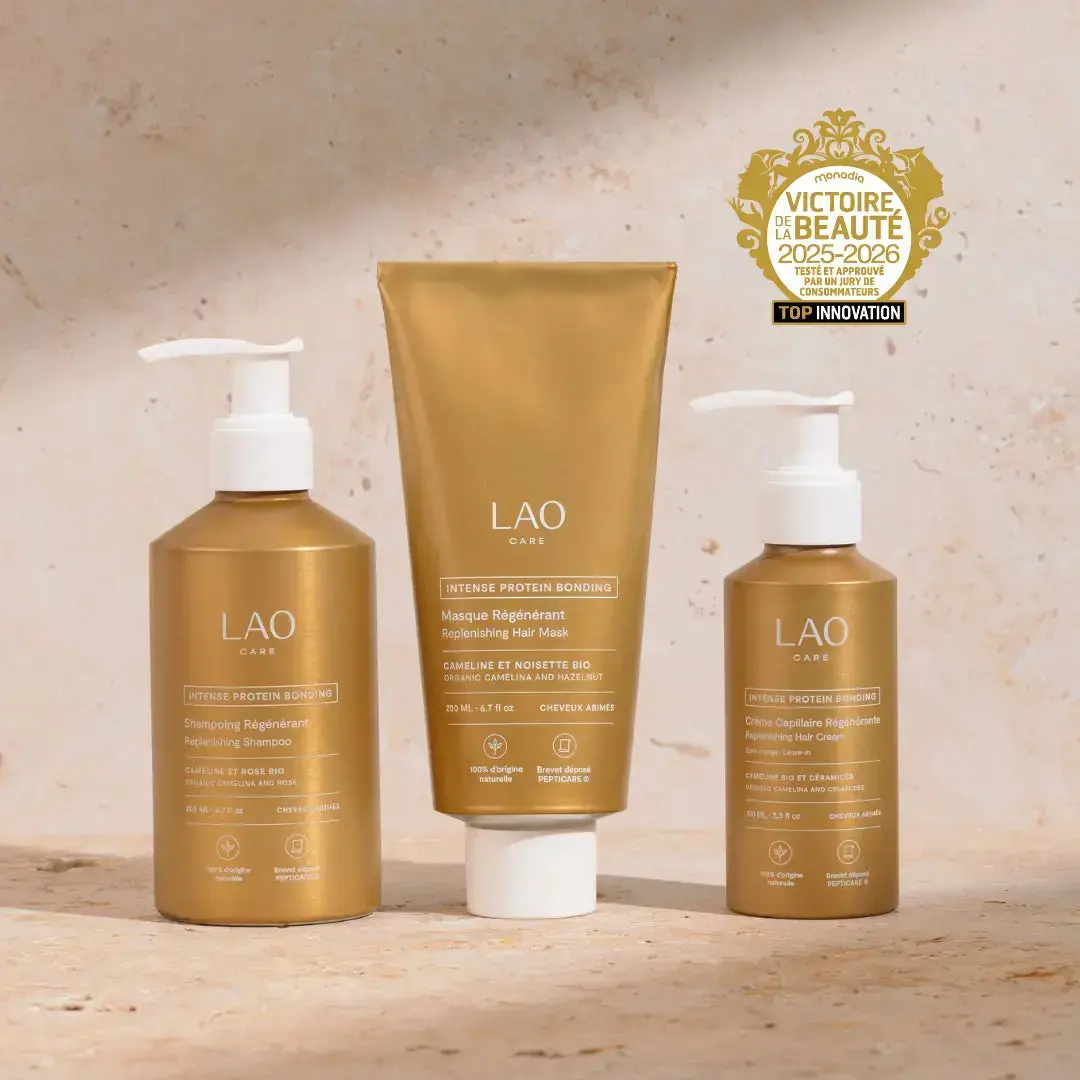
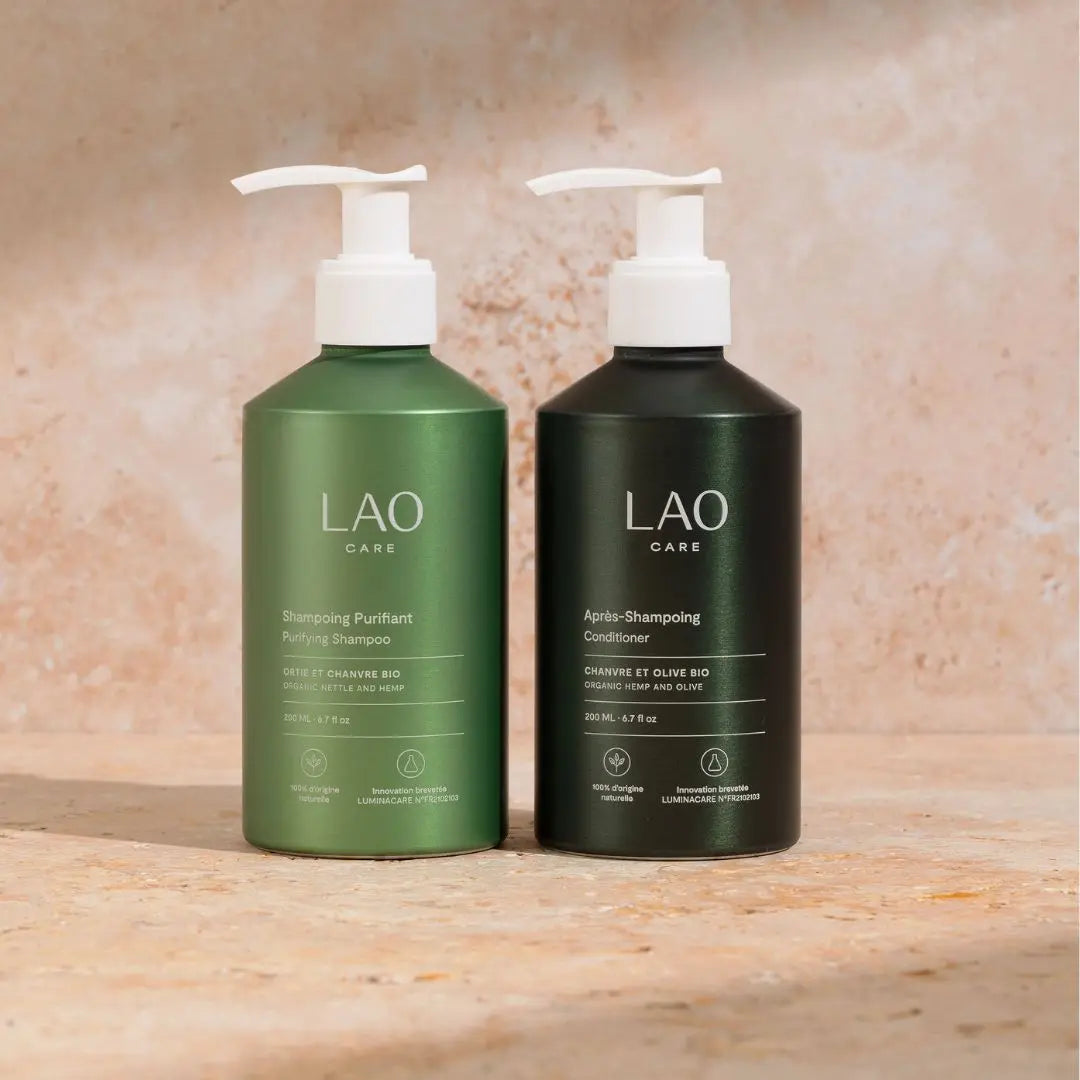
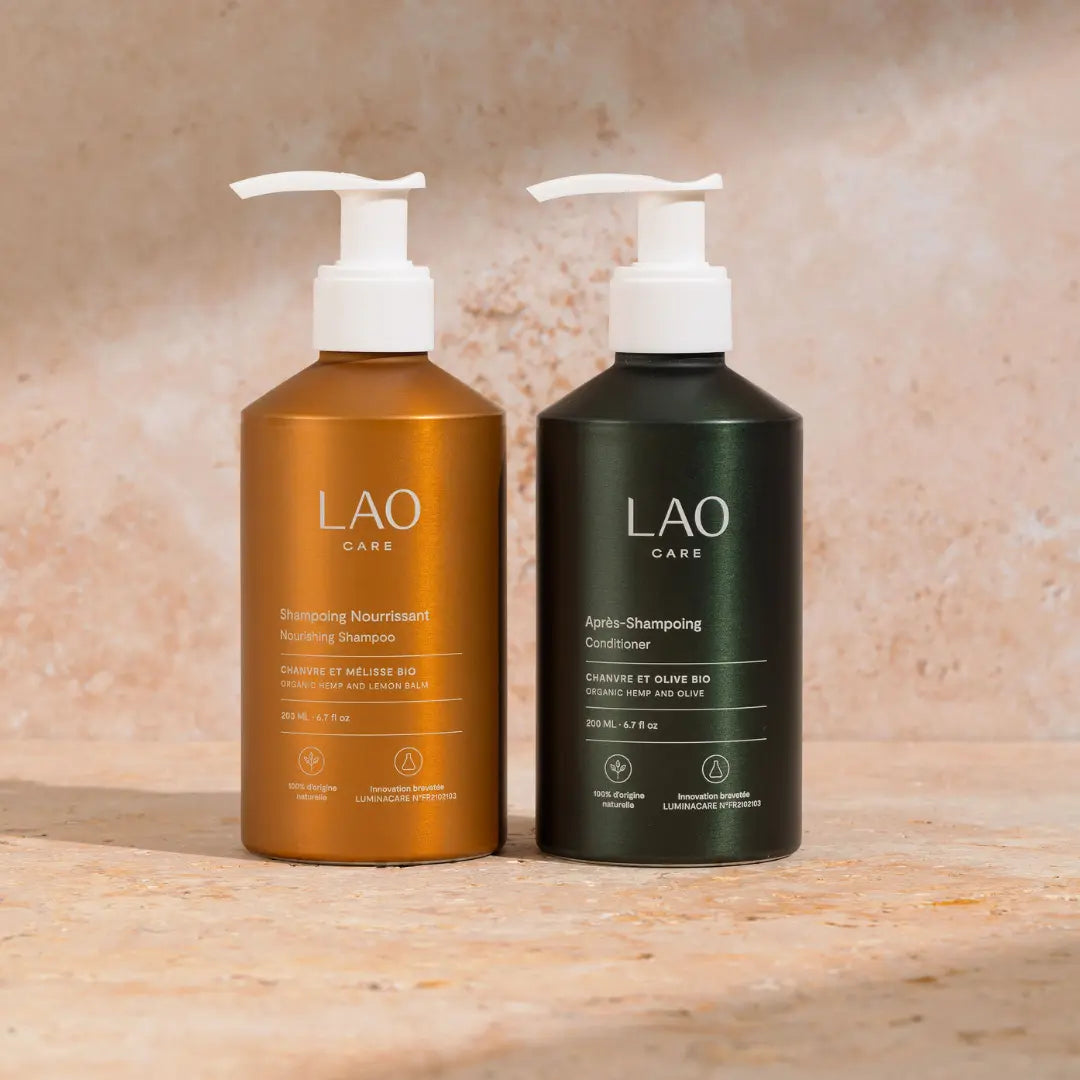
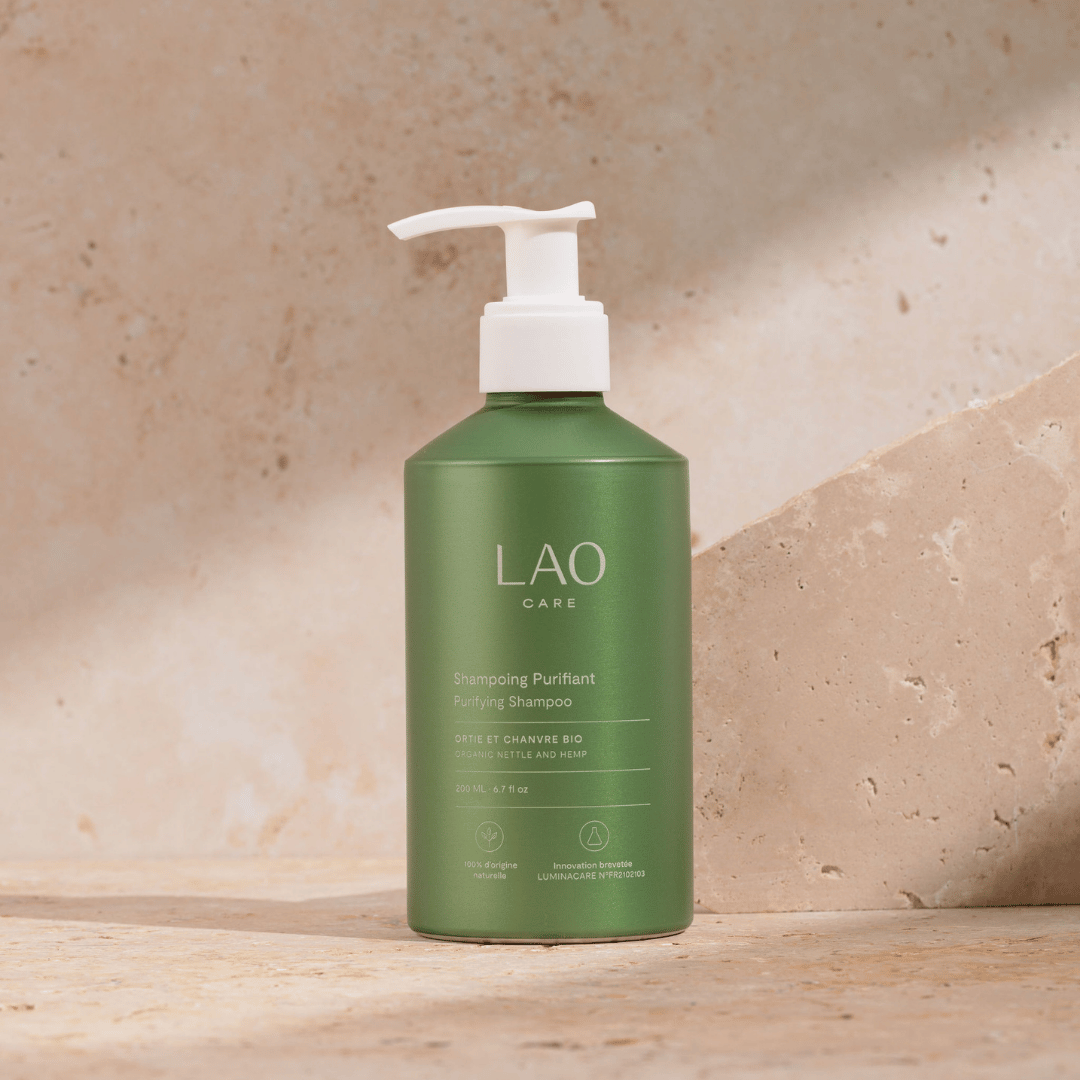
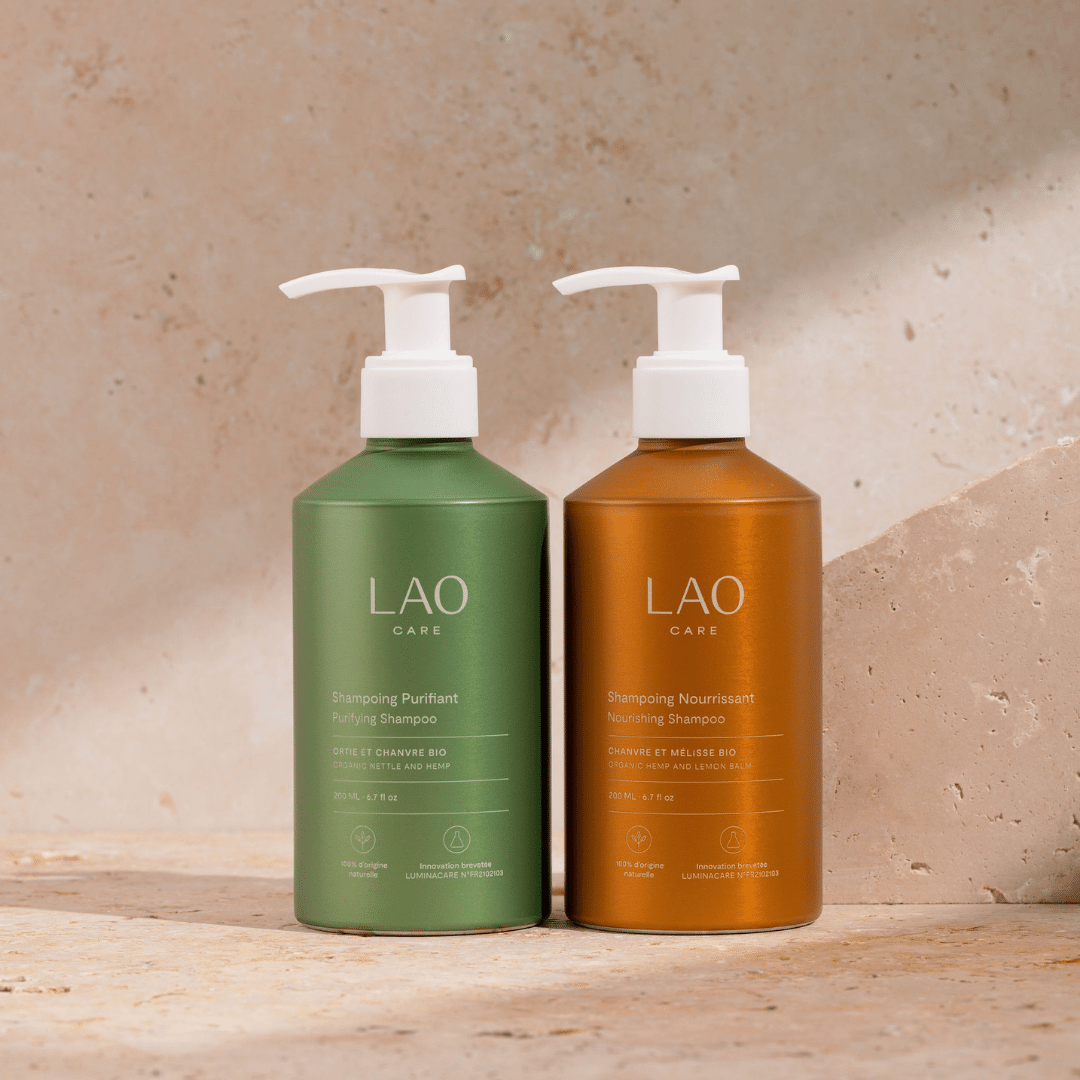

1 comment
Bonjour, vos produits m’intéressent. Avant de faire un achat je voudrais avoir l’information du PH de vos shampoings , ce qui n’est pas précisé sur vos produits présentés en ligne.
Inférieur à 5,5 ?
Cordialement . Maryse
Leave a comment